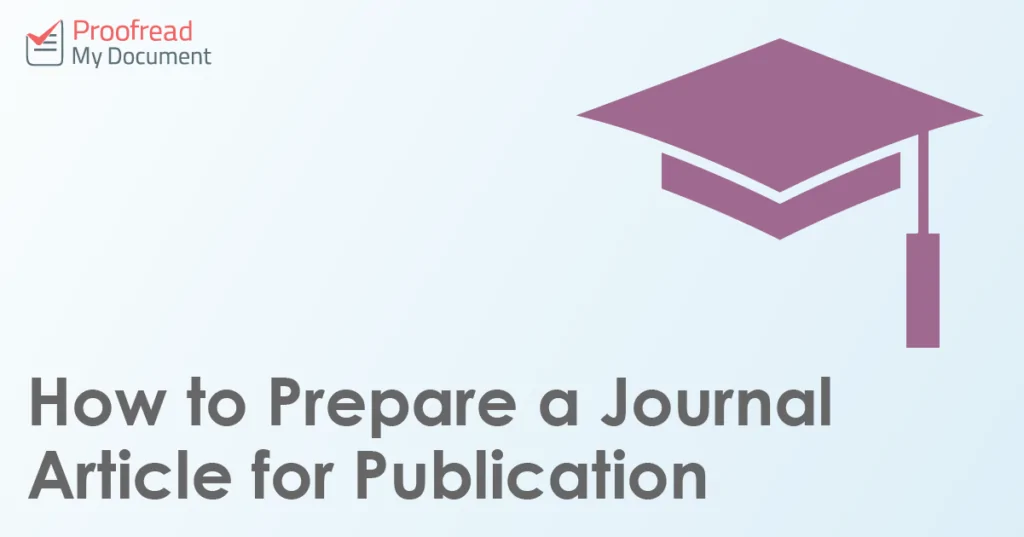So, you’ve done some research and want to share it with the world. What better way to do this than in an academic journal? But to get your work published, you first need to understand how to prepare a journal article for publication. Read on to find out more.
1. Pick a Journal
Deciding where to submit your work can be difficult, especially with the number of academic journals available. Key factors to consider include:
- How well your research fits with the focus of the journal (try looking for a specialist journal that covers the subject of your paper)
- The accessibility of the journal, including which databases it is listed on
- Whether the journal is available in print, online or both
- How often it publishes per year and the time the review process takes
- The impact and status of the journal (otherwise known as its ‘CV value’)
Do a little research on the journals available in your subject area and see which ones carry articles most like your own. And remember that you should only submit to one journal at a time.
2. Read the Submission Guidelines
Once you’ve decided on a journal, check the publisher’s website for submission guidelines. These will usually be named something like ‘Author Instructions’ or ‘Submission Procedures’.
These documents provide advice on a number of things regarding how to prepare a journal article for publication, including:
- How a paper should be written (e.g. punctuation preferences)
- How a paper should be formatted prior to submission
- Which referencing style to use and how to list sources
- How to submit your paper and any extra documentation required (e.g. whether you need an abstract and key words to go with your paper)
Following these guidelines is crucial, so check the instructions carefully.
3. Editing and Proofreading
Use the editing process to make sure your article fits your chosen journal. To do this, check the submission guidelines and what the journal usually publishes before you begin redrafting. You may not need to make major changes, but this could still affect how you frame your arguments.
Find this useful?
Subscribe to our newsletter and get writing tips from our editors straight to your inbox.
We also suggest having a professional editor or proofreader check your writing before submitting. This will ensure that your paper is error free and as easy to read as possible. And if you do hire a professional, make sure to let them know whether the publisher has a style guide available.
4. First Impressions – The Title and Cover Letter
Making a good first impression won’t hurt your chances of getting published. One way to do this is by picking a great title for your article. Factors to consider here include:
- Ideally, it should indicate exactly what you were investigating
- Use a subtitle to provide extra information if required
- Try to be clear and concise (aim for a maximum of 12 words in a title)
- Avoid undefined initialisms and acronyms
- Puns or humour in a title can be fun, but keep in mind that they could be inappropriate or confusing for international readers who may not speak English as a first language
You will also need to prepare a cover letter before submitting your work. This should briefly summarise your research, but don’t go into too much detail. Instead, focus on providing context for your research: e.g. your academic history and interests and what your work contributes to the subject area.
5. Revise and Resubmit
Whenever you submit an article to a journal, you will receive feedback from reviewers. This may be part of a rejection, but you’ll usually need to make changes even if the journal accepts your paper!
Whatever the result, don’t let critical feedback get you down. Even if it seems harsh, you can learn from it and use it to make revisions before you resubmit the paper (or submit it elsewhere).
Summary: How to Prepare a Journal Article for Publication
To prepare a journal article for publication, you should:
- Research journals to see which one best fits the topic of your paper
- Read the submission guidelines and follow them carefully
- Edit and proofread thoroughly before submitting your paper
- Pick a clear and informative title and prepare a cover letter
- If required, use reviewers’ feedback to revise your paper



